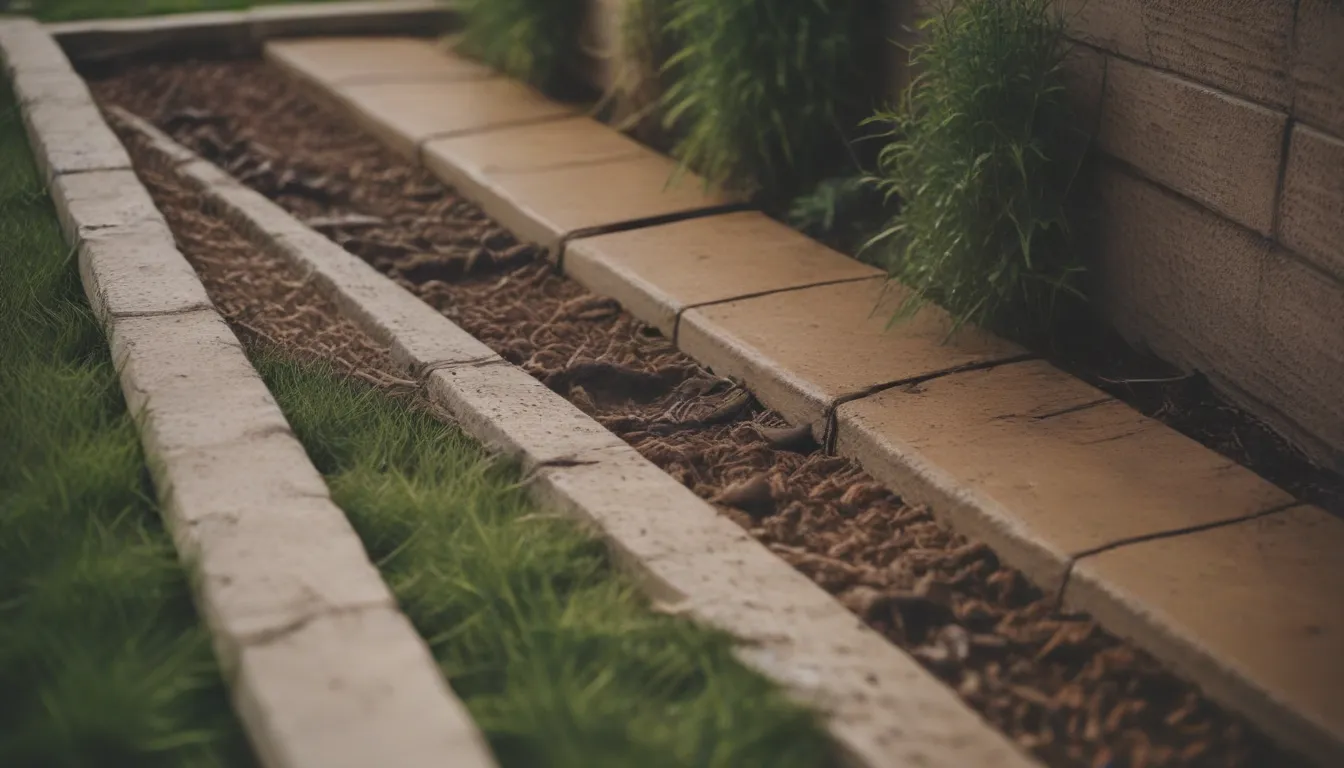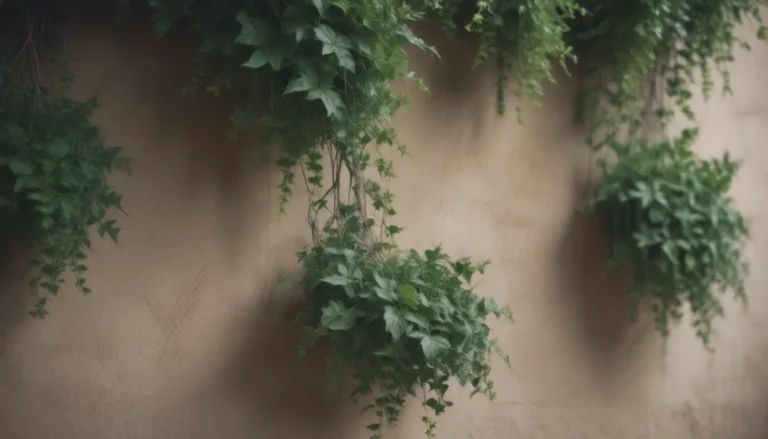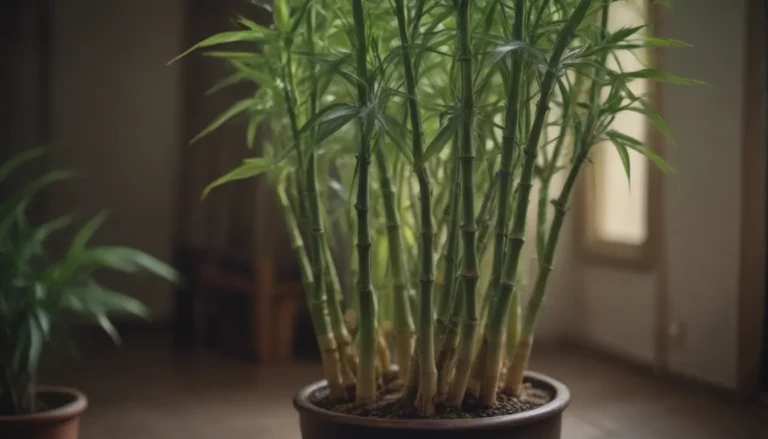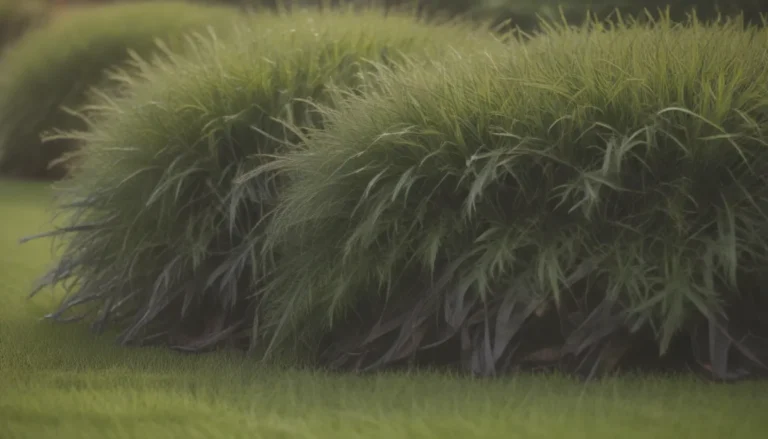Comprehensive Guide to DIY Yard Drainage Solutions

Are you tired of dealing with standing water in your yard or leaks in your home’s basement? Proper yard drainage is essential for maintaining a dry and secure property. In this in-depth guide, we will explore 12 DIY yard drainage methods that are both effective and easy to implement. From sloping the ground away from your house to building a dry well, these solutions will help you keep your yard and home dry and free of moisture-related issues.
Importance of Yard Drainage
Having proper yard drainage is crucial for several reasons. Not only does it prevent standing water in your yard, but it also helps to avoid leaks in your home’s basement or foundation. By ensuring that water is properly drained away from your house, you can protect your property from water damage and potential structural issues. With the right drainage solutions in place, you can maintain a dry and secure environment for your home, yard, and everything within it.
12 DIY Yard Drainage Solutions to Try
-
Slope the Ground Away From the House
- One of the most common fixes for poor drainage is to add dirt and slope it away from the foundation of your house.
- Make sure to leave a minimum of 4 inches between the slope and the bottom of the siding.
-
Replace Hardscapes With Drainage Materials
- Consider replacing hardscape materials like concrete and asphalt with crushed gravel or pea gravel to encourage even drainage.
-
Install a Rain Barrel
- Collect water from downspouts in a rain barrel for later use in gardens.
- Certain states regulate rainwater collection and its manner of usage. Check with local restrictions before setting up a rain barrel on your property.
-
Add a Channel Drain
- Stop water from concrete or asphalt driveways or walkways from flowing towards your house by installing a channel drain.
-
Install a French Drain
- Use a French drain to manage surface water by creating a trench filled with gravel atop a perforated PVC pipe.
-
Aerate Your Lawn
- Aerating your lawn not only promotes healthy grass growth but also helps with yard drainage by allowing water to trickle down through the soil.
-
Install a Catch Basin for Yard Drainage
- Prevent water from pooling next to your home’s foundation by installing a catch basin at the bottom of every downspout.
-
Build a Dry Creek Bed
- Construct a dry creek bed from various rocks to act as a drainage channel for stormwater in your yard.
-
Add Downspout Extensions
- Move water farther away from your house by adding downspout extensions to your existing gutter system.
-
Clean and Properly Sized Gutters and Downspouts
- Ensure that your gutters are clean and properly sized to effectively drain water away from your home.
-
Create a Yard Drain
- Install yard drains at locations where flooding has been identified to passively channel water away.
-
Build a Dry Well
- Use a dry well as a collection point for water that percolates into the soil around it to manage excess water in your yard.
When to Call a Professional
While DIY yard drainage solutions are effective for many situations, there are times when it may be necessary to seek professional help. If you are dealing with heavy runoff, flooding in specific areas, or widespread flooding throughout your yard, a professional drainage contractor or landscaping pro can help diagnose the cause of your issues and recommend the best solutions. Additionally, if you need to install underground drainage systems, calling a professional is recommended to ensure the proper installation and to avoid damaging utility lines.
In conclusion, proper yard drainage is essential for maintaining a dry and secure environment for your home and yard. By implementing these 12 DIY yard drainage solutions, you can effectively prevent standing water and leaks, protect your property from water damage, and ensure the longevity of your home’s foundation. Remember to always follow local regulations when implementing yard drainage solutions and seek professional assistance when needed for more complex drainage issues.





